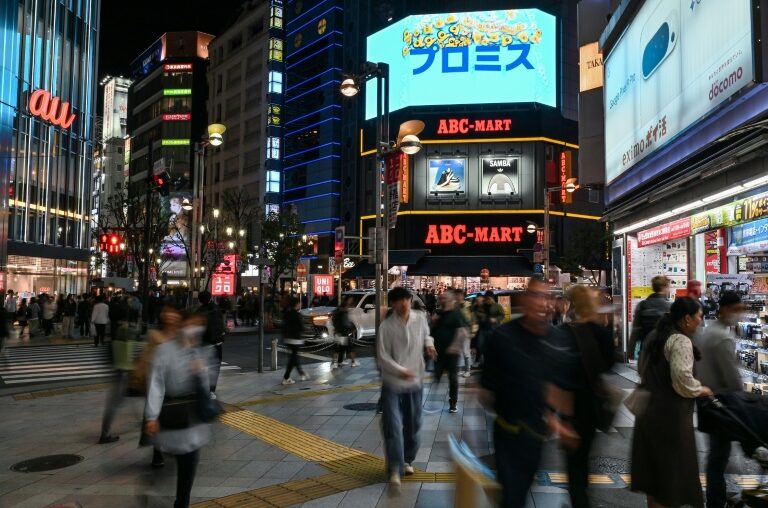Japan’s growth slowed in the third quarter, official data showed Friday, as Prime Minister Shigeru Ishiba seeks to jumpstart the world’s fourth-largest economy.
One of the fiercest typhoons to hit Japan in decades and a government “megaquake” warning weighed on factory production and other economic activity this summer.
That dragged on gross domestic product (GDP) and the country saw growth of 0.2 percent between July and September, according to a preliminary reading by the Cabinet Office.
The data met market expectations, but marked a slowdown from a revised 0.5 percent in the previous three months.
Compared with the same period a year earlier GDP grew 0.9 percent, much slower than the downwardly revised 2.2 percent in April-June.
The government is expecting a “gradual recovery” of the economy — beset for decades by stagnation and harmful deflation — chief cabinet secretary Yoshimasa Hayashi said on Friday.
“Our country is at an important crossroads as it’s about to transition into a growth-based economy driven by wage hikes and investment,” he told a regular briefing.
“To realise that, we will implement all possible economic and fiscal policies, including a package currently under consideration.”
Ishiba kept his job in a parliamentary vote on Monday, despite last month leading the ruling coalition to its worst general election result in 15 years.
The 67-year-old has unveiled plans for the government to support the AI and semiconductor sectors with more than 10 trillion yen ($64 billion) by 2030.
He also hopes to win over opposition parties this month to pass a draft supplementary budget for a new stimulus package — reportedly to include cash handouts for low-income households and families.
Higher spending on cars, as production resumed after disruption related to a domestic testing scandal, helped boost output during the quarter, analysts said.
Wage hikes and temporary income tax cuts were also positive factors.
But this was tempered by Typhoon Shanshan and the “megaquake” alert — issued after a magnitude 7.1 jolt to ready people for the risk of an even bigger quake that ultimately did not occur.
Factory production was also hit when Shanshan descended in late August, forcing the cancellation of trains and flights.
Earlier the same month, “tourism demand was weighed down” by the megaquake alert, issued by the weather agency for the first time under a new warning system.
This prompted consumers to stock up on emergency supplies, leading to shortages of rice in supermarkets, while thousands cancelled holidays during the week-long advisory.

